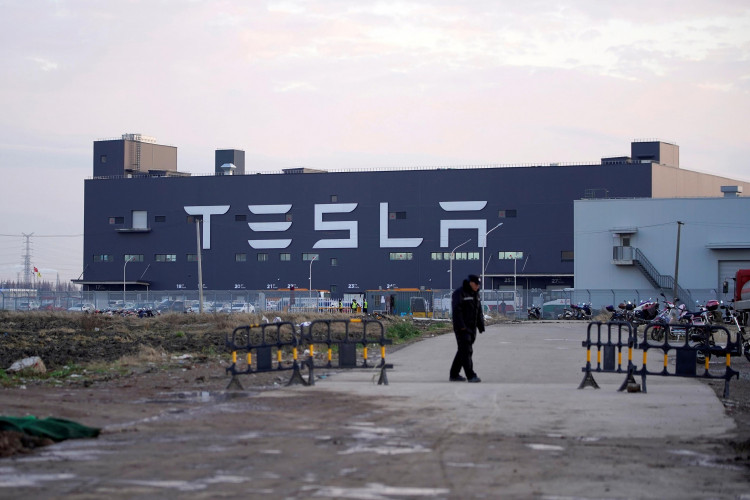Tesla has been known to focus on electric vehicles in an effort to curb down pollution. These hybrids will rely on batteries, each performing at a certain distance or level that some are wary about. But then again, it does address the gas-guzzling issues which have been hit by environmentalists. But that is not all that Tesla is focusing on right now.
Tesla is embarking on an ambitious bid to potentially deploy one of the biggest battery systems in the world with 244 Megapacks over at the Hawaiian island. It is the American company's latest energy storage product that could potentially replace inefficient and pollution-causing plants. Seeing the benefits it carries, some companies are now holding discussions with Tesla CEO Elon Musk and there have been reportedly Megapack deployments the past months, Electrek.co reported. A single Megapack has up to 3MWh of storage capacity and a 1.5MW inverter.
It appears that company is Hawaiian Electric. The company reportedly developing a massive energy storage project over in Kahe Valley,O'ahu that would provide load-shifting and backup power to its electric grid. They are Hawaii's biggest electric utility group, serving 95 percent of the state. The company has been getting proposals and now Tesla is trying to gain their approval and their Megapacks is believed to be among the frontrunners. If everything goes accordingly, Tesla may find itself building one of the biggest battery packs in the world.
It would be a new avenue for Tesla, meaning their 100MW/129MWh Powerpack project in South Australia would be nothing compared to what Hawaiian Electric is planning to come up with. And to make it all work, the American company is reportedly planning to deploy 244 Megapacks, each wtih 3Mwh capacity designed for utility-scale power storage.
Each Megapack would be backed with the necessary components to make it work. That includes a liquid-cooled lithium-ion batteries for energy storage; a circuit breaker panel/customer interface bay; DC-to-DC converter units to step up the voltage; a 675kVA inverter that converts DC stored in the battery to AC used on the Company grid; and a thermal management system. The whole project is projected to cost roughly between $200 to $300 million.
Originally, Hawaiian Electric was to arrive at a final decision by May. But given the current coronavirus crisis the world is facing, it will be interesting if budget would be redirected first to helping in resources and people in need. Assuming it does proceed and Tesla gains the nod, construction could start by March 2021 with the systems up by 2022.






